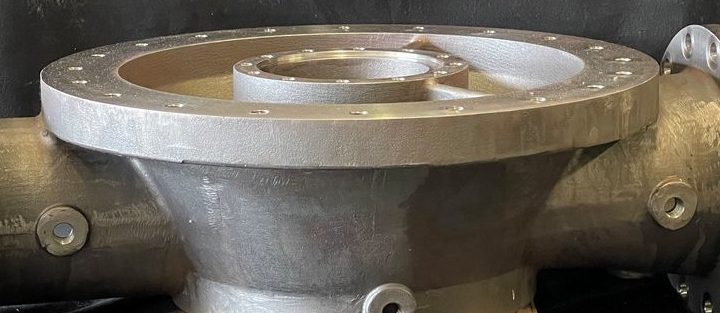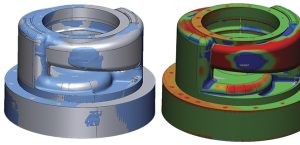This approach incorporated reverse engineering, design verification and casting simulation to address equipment failure.
Written by: Dr. Gary Dyson and Jesse Stinson (Hydro, Inc.)
Publisher: Pumps & Systems / December 2015
Pump technology requires the extensive use of castings to form the complex shapes needed to guide process fluids through the machine. The shape of these passages is crucial to the machine’s performance.
Pump designers spend extensive time designing and optimizing the shapes of these passages to optimize the machine’s efficiency. Unfortunately, casting processes cannot always represent the pump engineer’s true design intent, and the manufacturing processes have a direct impact on the machine’s reliability and design integrity. Designers take these processes into account when proposing their designs, but sometimes the deficiencies of the casting process become apparent after a major equipment failure.
One example involved determining the root cause behind the first-stage failure of a Worthington 12-WCND-166 six-stage boiler feed pump. The pump exhibited high vibration and performance degradation, and it was taken out of service. The inspection determined that a crack had resulted from a welded core plug. Continue reading →


